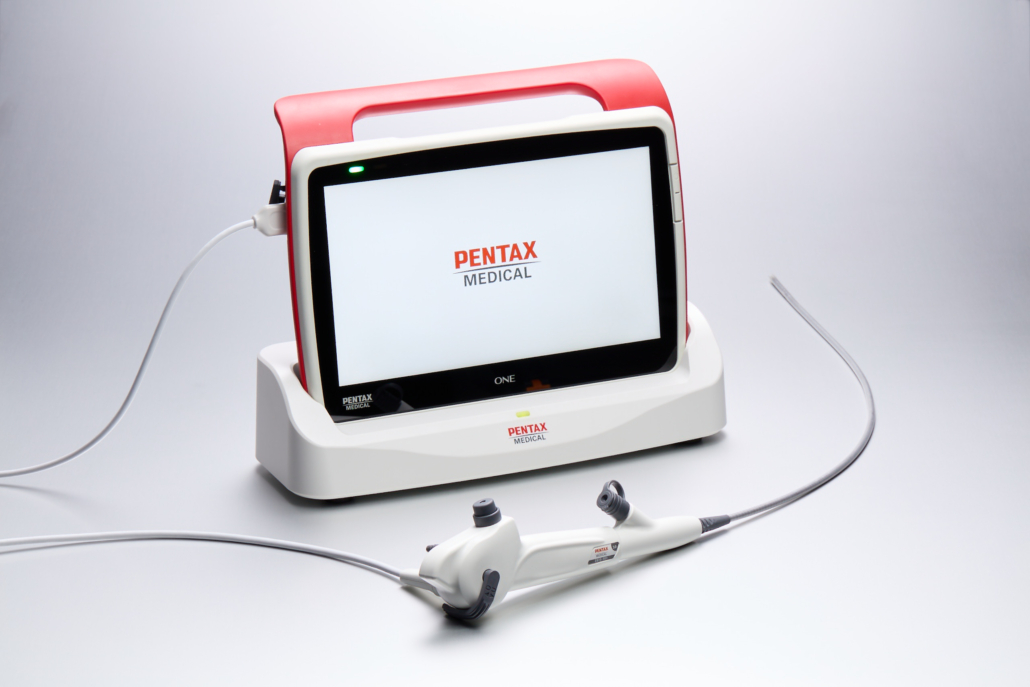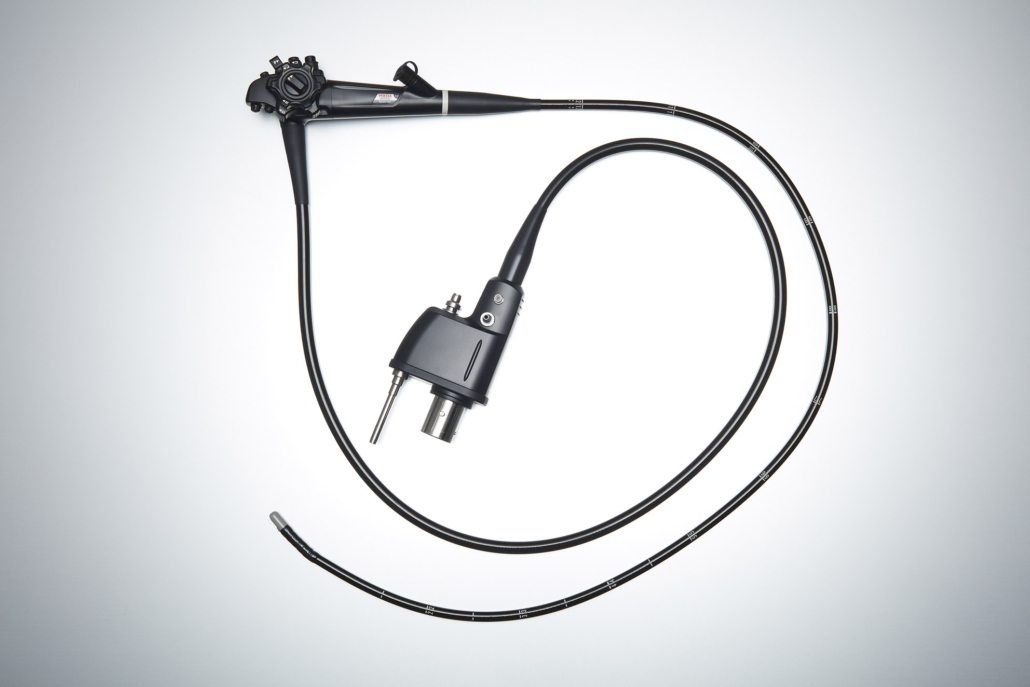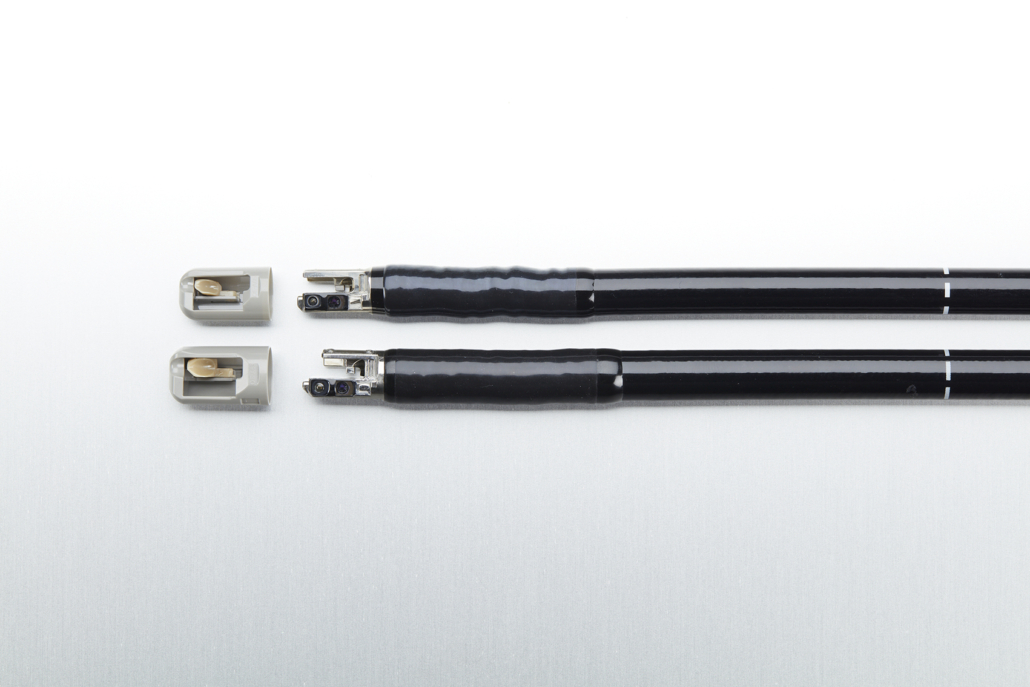Interview: International Hospital speaks to PENTAX Medical about their new focus on ‘Power of Choice’

Harald Huber, Global VP for Product and Category Management at Pentax Medical
International Hospital’s Twan Heesakkers speaks to Harald Huber, Global VP for Product and Category Management at PENTAX Medical, about the company’s new single-use bronchoscope, what they are focusing on this year and the ‘Power of Choice’.
Twan Heesakkers: What new products are you bringing to the market this year?
Harald Huber: This year we will bring a couple of new things to the market. We would like to put more emphasis on the [PENTAX Medical] ONE Pulmo, by creating more public awareness of the product. The ONE Pulmo is a single-use bronchoscope, our first product in the single-use area. We also have the PlasmaTYPHOON+, our unique solution for endoscope drying and storage, which we will also push forward. Furthermore, we are working very hard on providing innovative solutions, instead of following the traditional way the endoscope business was set up, which was more into products and endoscopic processors. We want to bring our way of thinking forward, which is more focussed on developing solutions rather than pure product business. So we want to interconnect these things, for example the PlasmaTYPHOON+ is part of our hygiene commitment. We are calling this the ‘Power of Choice’. This Power of Choice will also apply to our single-use endoscopes and has a compelling advantage for our customers. The idea behind ‘Power of Choice’ is that we do not want to dictate to our customers what kind of procedure they have to do. We want to allow them the highest possible freedom to pick the right equipment for their procedure. That’s why we want to offer as many solutions as possible in different areas and move away from the traditional thinking about products.

The PENTAX Medical ONE Pulmo single-use bronchoscope.
TH: You mentioned the single-use bronchoscope – the PENTAX Medical ONE Pulmo for which you received the CE mark last year? Can you tell us a little more about this product; what sets it apart from similar competitors’ products?
HH: When we came up with this solution we thought, ‘if we, as PENTAX Medical, come up with a single-use bronchoscope how will it be different?’ As you know, our company produces reusable products and everybody will ask, why are we coming up with a single-use bronchoscope? And that’s again in line with our idea of providing the Power of Choice. So the difference, I think, to other single-use bronchoscopes that you see on the market is that this is probably the first one that is purely developed by an endoscope company. So, with our expertise in image development we were able to develop a camera in such a way that on one side its single-use, while on the other side it can provide comparable image quality to our reusable scopes. This is kind of the red line throughout the whole design process and differentiates us from the competition. It also continues with the design of the control body, with the handle actually. We want to provide a real Power of Choice. Doctors should not have to care if they use the single-use scope or the reusable one. They want to have the same familiar touch and feel that they are used to when doing an endoscopy procedure. That’s why we mimic the reusable scope, so it has the same properties of a reusable scope, and we develop it in such a way that it can be offered as a single-use solution.

The PENTAX Medical ONE Pulmo is a single-use bronchoscope with superior suction power and HD image quality. The sterile-packed scopes are ready to use. Manoeuvrability and device insertion are easy and intuitive, creating a seamless user experience.
TH: Besides offering the ‘Power of Choice’, what other reasons are behind PENTAX Medical choosing to develop a single-use disposable bronchoscope?
HH: ‘Choice’ is an important factor as to why we did this. The other thing is that there is of course concern about contamination. There are special patient populations where it definitely makes sense to go for a single-use scope. We know that it does not make sense for all patient populations. Also, you have the sustainability factor, you have the cost of cleaning, pricing of the product, etc. There are multiple factors which tell you that single-use doesn’t make sense for all patients. However, it makes sense for a certain population – for example patients who are immunocompromised. Imagine somebody who has a very high health risk if somehow cross infected with a germ that is transmitted during the procedure. For this patient do we go with a reusable cope or will we take a single-use scope? And that’s the doctor’s decision, but what we want to make sure as a provider/manufacturer that there is little difference in the choice of scope so the same quality of care can be provided to the patient. Because if you do it the other way around and you are a pure single-use provider you cannot offer this choice.

The PENTAX Medical Video Duodenoscopes ED32-i10 and ED34-i10T2 combine a sterile disposable elevator cap (DEC™) for single-patient use and simple disposal that advances cleaning capability of the duodenoscope to help reduce the risk of cross-contamination and improve patient care with High-Definition image quality for detailed endoscopic visualization during ERCP procedures.

Distal end of the PENTAX Medical Video Duodenoscope ED32-i10
TH: PENTAX Medical is leading the collaborative i-scan imaging processing project. Can you explain what this project is about and the purpose of it.
HH: “i-scan is one part of our general solutions approach. For i-scan there are different modalities which support doctors in each step of the diagnostic process. These i-scan modalities include SE – or Surface Enhancing mode – that improves detection, particularly of the shadowed parts of the lesion. There is TE – or Tone Enhancement – which helps in the characterization of the lesion by amplifying the colours so the doctors understand better what they are seeing and can make an informed medical decision. Then we have OE – or Optical Enhancement – an optical filter which helps in demarcation, to understand the actual size of the lesion in the macule that the doctor sees.
This is an example of how we support doctors each step of the way and that’s part of our solution-driven thinking. We are also involved with many physicians for the i-scan project all across Europe and some parts from the US. They add to the project by sharing their insights on how they can benefit from i-scan in their medical procedures. We also use this as part of our learning initiative. Whenever they have tricky images they have identified, they bring them to a forum where they can be discussed.
TH: PENTAX Medical has developed their own data management and software solutions for their medical imaging devices. Can you tell us more about these solutions?
HH: We are deprioritizing data management and hospital software solutions. We are now more focussed on a solutions approach by combining our products and services.
TH: PENTAX Medical’s latest image and video processor is the Optivista Plus. I understand it can also be used as an educational platform with its “TwinMode” setting. Can you tell us more about this device?
HH: The TwinMode is an interesting feature! As part of the educational setting, it is possible to show a previously recorded image on the screen so the doctor, or the students in training, can compare these images with the current ones they are seeing. So, for example with the i-scan project, images enhanced with one of the modalities can be compared to the same image without any enhancements. That’s how students learn when they can compare.
TH: What else is in the pipeline for PENTAX Medical?
HH: Our focus is set in the hygiene cosmos, where we have initiatives such as Power of Choice. We also have our World of Intelligence initiative that is focussed on the digital arena, like AI, which supports our solutions-driven approach. We ask the question, what kind of solution can we provide with our different products if you, the customer, combine them together. We have the processors and we have the scopes, we have the single-use scope, we have the semi disposable scopes, we have different image modalities which can be used in different combinations in order to provide the right solution for their particular case. So all that comes together with us being able to provide this choice for doctors.


